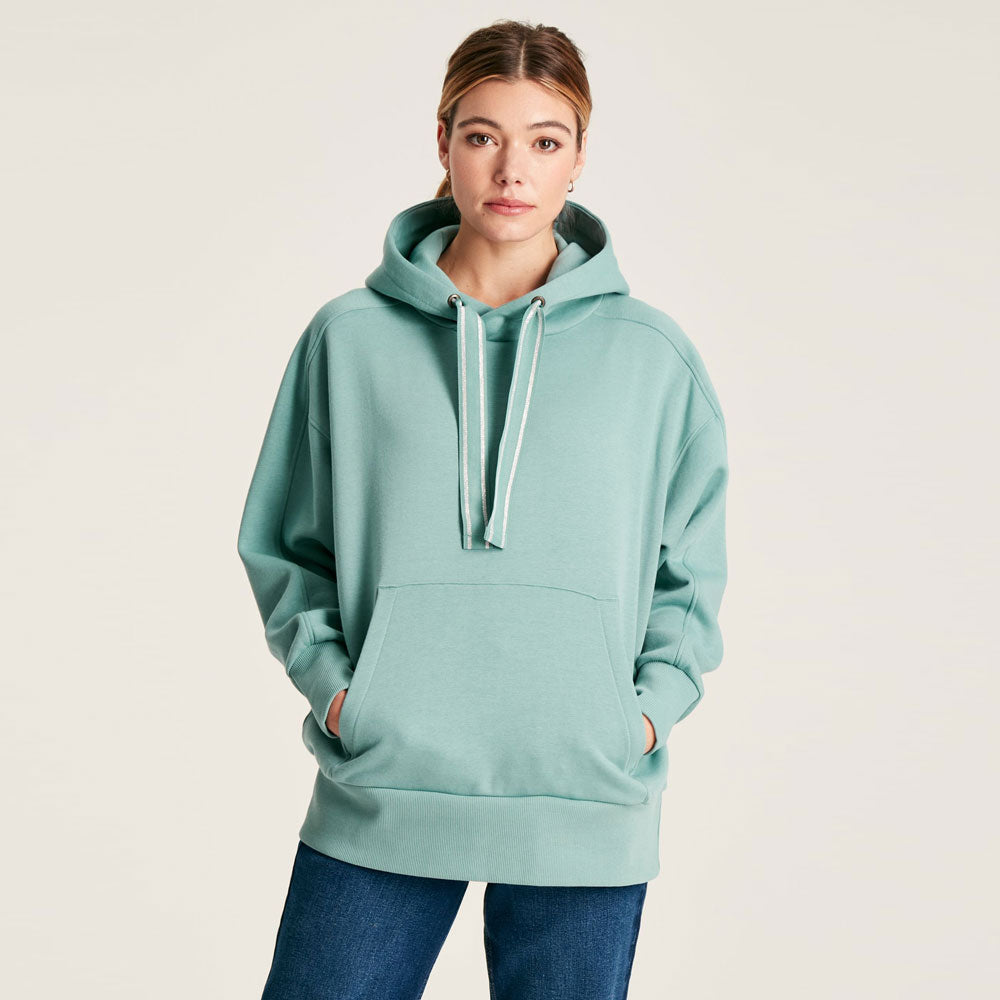Introduction
In the realm of fashion, few items have achieved the status of the humble hoodie. Once a staple for athletes and casual wearers, the hoodie has transcended its origins to become an essential component of contemporary wardrobes around the world. This versatile garment effortlessly blends comfort with style, making it a must-have for individuals of all ages and lifestyles. Let’s delve into the reasons why the hoodie is more than just a piece of clothing; it’s a cultural phenomenon and a testament to the marriage of fashion and functionality.
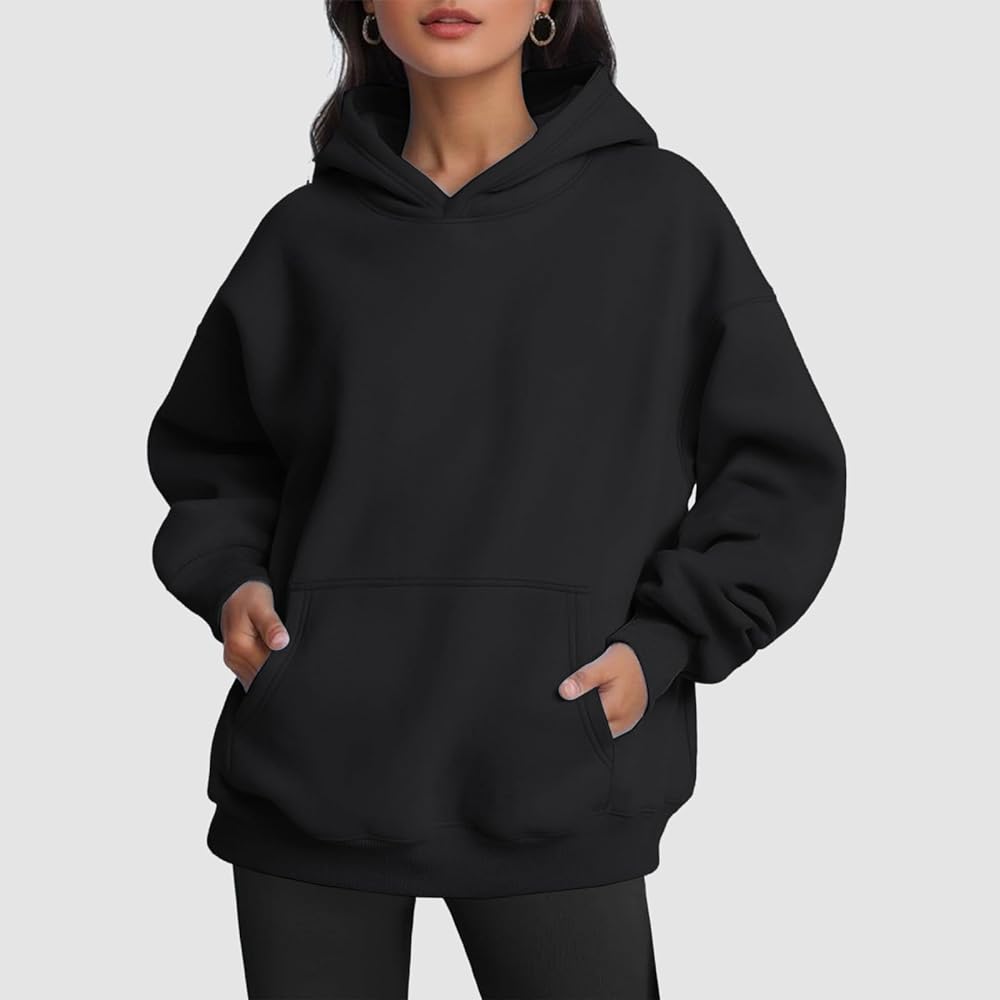
The Versatility of the Hoodie
Casual Chic
One of the primary reasons why the hoodie has cemented its place in fashion is its undeniable versatility. Pair it with jeans and sneakers for a relaxed, laid-back look, or dress it up with tailored trousers and stylish boots for a more polished ensemble. The hoodie can seamlessly transition from day to night, allowing wearers to express their individual style without sacrificing comfort.
Suitable for Every Occasion
From lounging at home to hitting the gym and even attending a casual meet-up with friends, the hoodie adapts to many scenarios. Its easy-going nature makes it suitable for a myriad of activities, and with the right styling, it can fit into almost any dress code. Whether you’re running errands or having a leisurely day at the park, the hoodie provides a balance between comfort and style.
Fashion Forward: The Evolution of the Hoodie
From Streetwear to High Fashion
The hoodie has a rich history that traces back to the 1930s, originally designed for laborers and athletes. Over the decades, it has evolved from a workwear garment to a symbol of street culture, embraced by musicians, artists, and influencers. The rise of hip-hop and skate culture in the ’80s and ’90s contributed significantly to its popularity, and designers began to incorporate hoodies into high-fashion collections.
Today, luxury brands and high-fashion designers frequently feature hoodies in their shows, showcasing unique designs, fabrics, and silhouettes. High-profile collaborations between streetwear labels and fashion houses further elevate the hoodie, ensuring that it remains a coveted item across all fashion tiers.
The Impact of Celebrity Culture
The influence of celebrities cannot be understated in the hoodie’s rise to fame. A-list stars spotted wearing oversized, branded, or unique hoodies have propelled the garment into the mainstream consciousness. From red carpet appearances to casual outings, celebrities have shown that the hoodie can be both chic and approachable. Pop culture references further cement its status, making it a recognizable and desirable piece.
Material Matters: Functionality and Comfort
The Perfect Blend of Warmth and Breathability
Hoodies are typically made from a variety of materials, including cotton, fleece, and blends that provide warmth without excessive weight. This balance of materials allows the hoodie to be worn in different seasons, whether layered under a jacket in colder months or worn on its own during transitional weather.
Functional Features
Beyond their aesthetic appeal, many hoodies come equipped with functional features that enhance their usability. Kangaroo pockets offer a convenient spot for your phone or keys, and adjustable drawstrings allow for a customizable fit around the hood. Additionally, moisture-wicking fabrics are becoming more commonplace in athletic sweatshirts, catering to active lifestyles while retaining a stylish appearance.
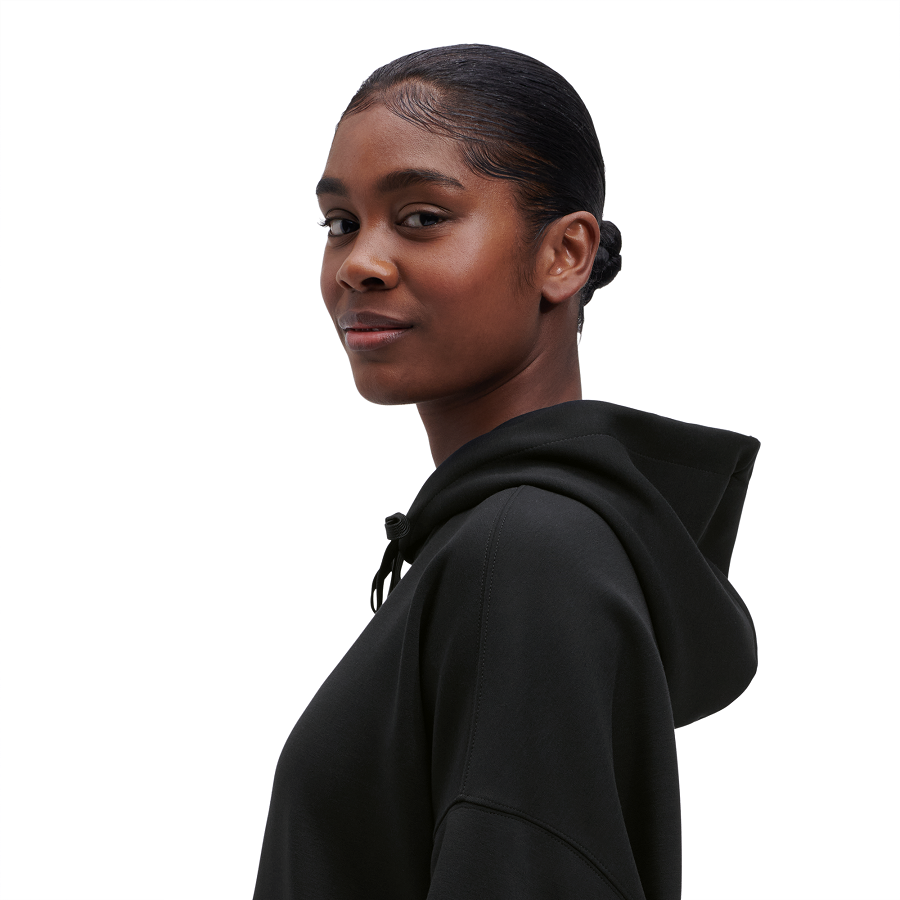
Sustainability in Hoodie Fashion
Eco-Friendly Innovations
As the fashion industry increasingly prioritizes sustainability, many brands are incorporating environmentally friendly practices into their hoodie production. This includes using organic cotton, recycled materials, and sustainable production methods. Conscious consumers now have the option to sport stylish hoodies without compromising their values.
The Rise of Slow Fashion
The trend towards slow fashion has also affected the hoodie market, encouraging consumers to invest in pieces that are timeless rather than merely trendy. Classic hoodies with high-quality materials and craftsmanship are gaining popularity, as they can be worn for years without fading in style.
Cultural Significance of the Hoodie
A Symbol of Rebellion and Acceptance
The hoodie’s journey has made it a complex cultural symbol. In some contexts, it represents rebellion and nonconformity, often associated with youth culture and counterculture movements. Conversely, it has also become a symbol of acceptance and comfort, offering wearers a sense of security and ease in their daily lives.
A Blank Canvas for Personal Expression
Hoodies often serve as a medium for personal expression. Customizable options, such as printed graphics, embroidered designs, or unique colors, allow individuals to showcase their personalities. Limited edition collaborations and street art-inspired designs have further propelled the hoodie as a canvas for creativity, making it a unique piece of wearable art.
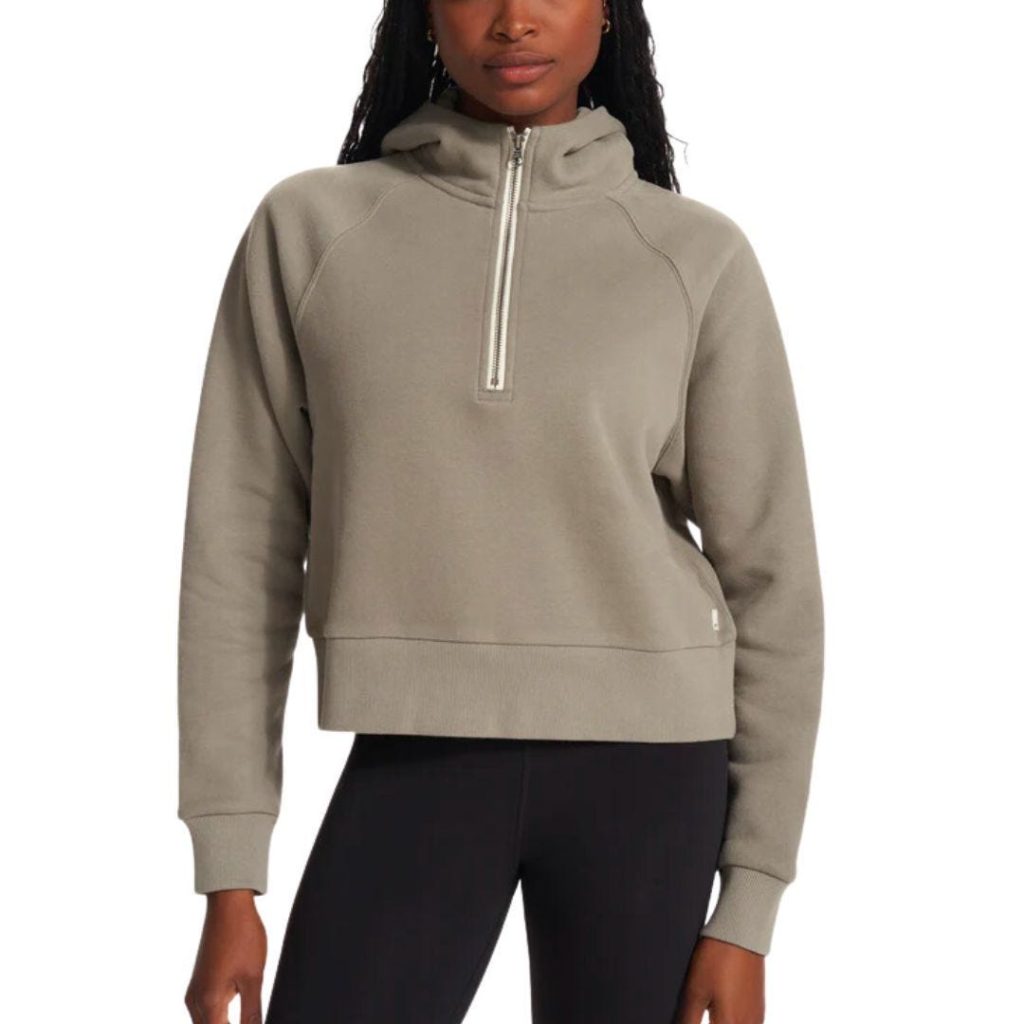
The Origins of the Hoodie
The hoodie traces its lineage back to the 1930s when it was created by the American outdoor brand Champion for athletes and laborers looking for practical clothing. The design was simple: a sweatshirt with an attached hood. This functional piece was initially popular among workers in cold climates, as it provided both warmth and a way to shield oneself from the elements.
The hoodie began to permeate various subcultures in the 1970s and 1980s, notably the hip-hop scene. Artists like Run-D.M.C. popularized the sweatshirt as a fashion statement—a canvas for self-expression and resistance. The hood, once a protector against the cold, became a symbol of anonymity, rebellion, and street credibility. As hip-hop music rose to prominence, so did the hoodie, establishing its foothold in youth culture.
The Streetwear Boom
The late 1980s and early 1990s witnessed the emergence of streetwear brands such as Stüssy and Supreme, which further cemented the hoodie’s status within urban fashion. These brands began to incorporate graphics, logos, and bold designs into their hoodies, making them more than just functional wear—they became collectibles and sought-after pieces that expressed individuality.
Streetwear’s rise coincided with the shift in youth culture towards a DIY ethos. The hoodie became synonymous with rebellion, creativity, and authenticity. It was now worn by skaters, graffiti artists, and music lovers, signifying belonging to a community that values self-expression over mainstream trends.
The Intersection with High Fashion
By the early 2000s, the hoodie had caught the attention of high-fashion designers, and the lines between streetwear and high fashion began to blur. Designers like Karl Lagerfeld, Alexander Wang, and Raf Simons incorporated hoodies into their collections, bringing urban style to the catwalk.
Lagerfeld famously presented a collection at Chanel that featured luxe velour hoodies, showcasing that the garment could transcend its street origins. This blending of high and low fashion opened the door for casual wear to receive a place on runways and red carpets, broadening the hoodie’s appeal to a more affluent audience.
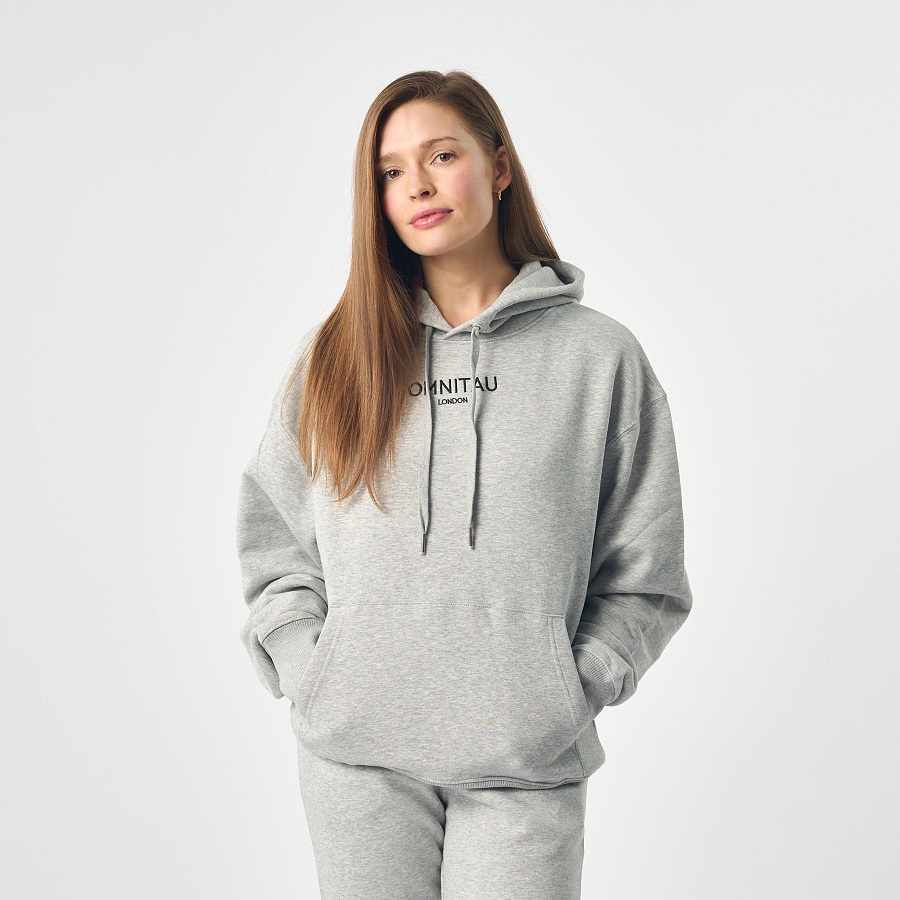
The Rise of Athleisure
The athleisure trend that took hold in the 2010s played a crucial role in the hoodie’s ascent. With the increasing interest in health and wellness, activewear became a staple not just for exercise but also for everyday wear. The hoodie emerged as a go-to item, combining comfort, functionality, and style.
Brands like Lululemon, Nike, and Adidas began producing high-quality hoodies that seamlessly integrated into people’s wardrobes—functioning both in and out of the gym. Celebrities and influencers embraced this comfortable aesthetic, helping to solidify the hoodie’s position as a versatile fashion essential.
Contemporary Cultural Significance
Today, the hoodie stands as a powerful cultural artifact. It carries varied meanings across different contexts. It can symbolize casual chic in upscale settings, while also reflecting social movements. The Black Lives Matter movement, for instance, has co-opted the hoodie as a symbol of solidarity and protest, particularly following the murder of Trayvon Martin in 2012.
Moreover, social media has fueled the hoodie’s omnipresence, with platforms like Instagram showcasing how influencers, designers, and everyday individuals style this iconic piece. The power of virality has allowed once niche brands to gain global recognition, further diversifying the hoodie’s offerings—from luxury designer collaborations to DIY and artisanal creations.
The Future of the Hoodie
As we look toward the future, it’s clear that the hoodie is here to stay. Its adaptability will likely continue to shape its relevance in the fashion world. With cultural and societal norms constantly evolving, designers are experimenting with fabrics, silhouettes, and embellishments. Sustainable fashion is also becoming an integral part of the conversation, with many brands producing eco-friendly hoodies that promote environmental consciousness.
The metaverse and digital fashion are likely to influence the hoodie’s evolution further. Virtual characters and avatars are expected to popularize new cuts and styles, potentially leading to a new chapter in how we perceive and wear the hoodie.

Conclusion: More Than Just a Garment
The essential hoodie is a remarkable fusion of fashion and functionality. Its adaptability, comfort, and cultural significance make it a staple in contemporary wardrobes. Whether you’re lounging at home, heading to the gym, or observing street style, the hoodie has firmly established itself as an icon. It’s not just clothing; it’s a lifestyle, a statement, and an enduring symbol of our ever-evolving fashion landscape. As we move into the future, the hoodie will undoubtedly continue to evolve, remaining a beloved garment that resonates with multiple generations.
